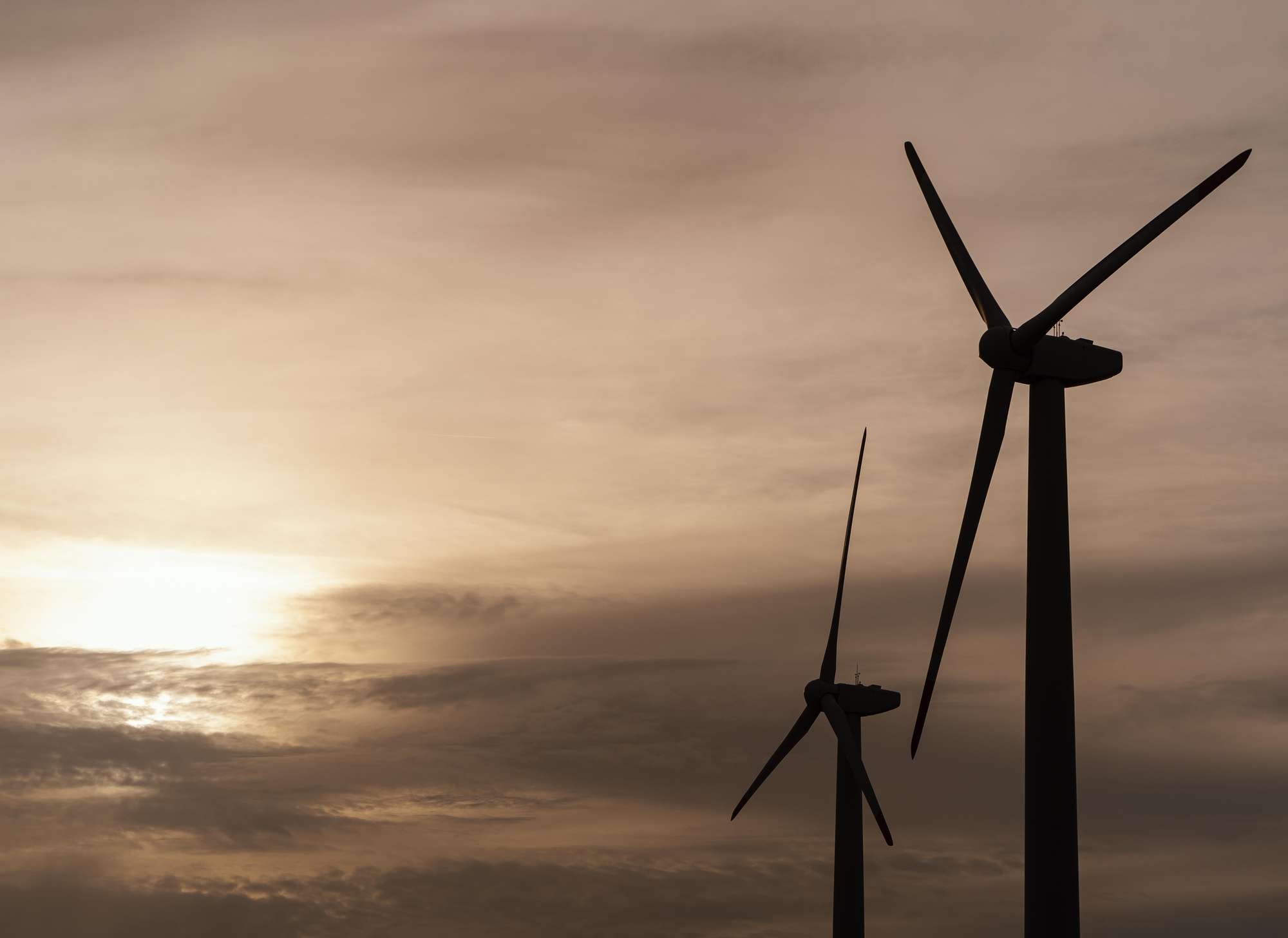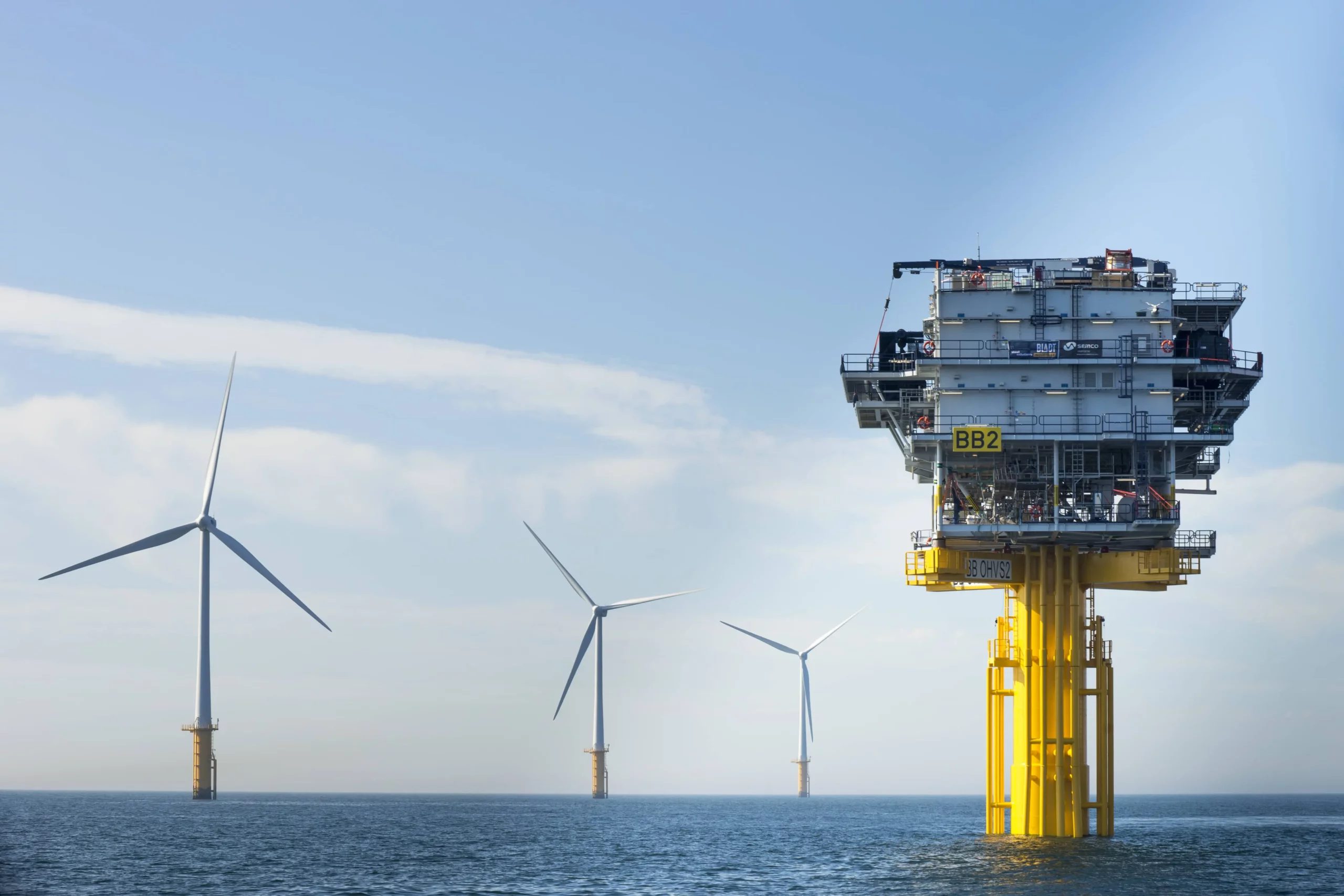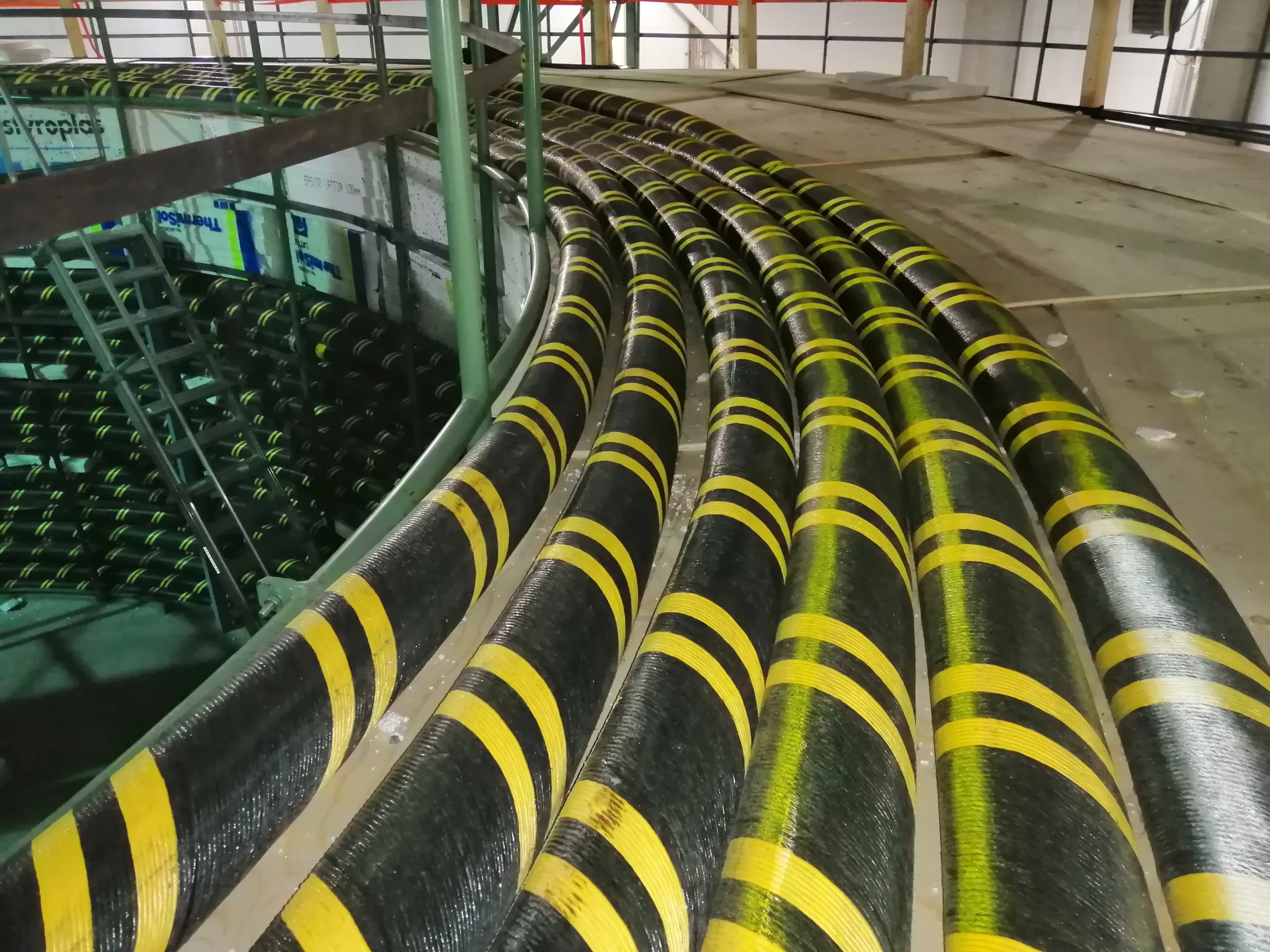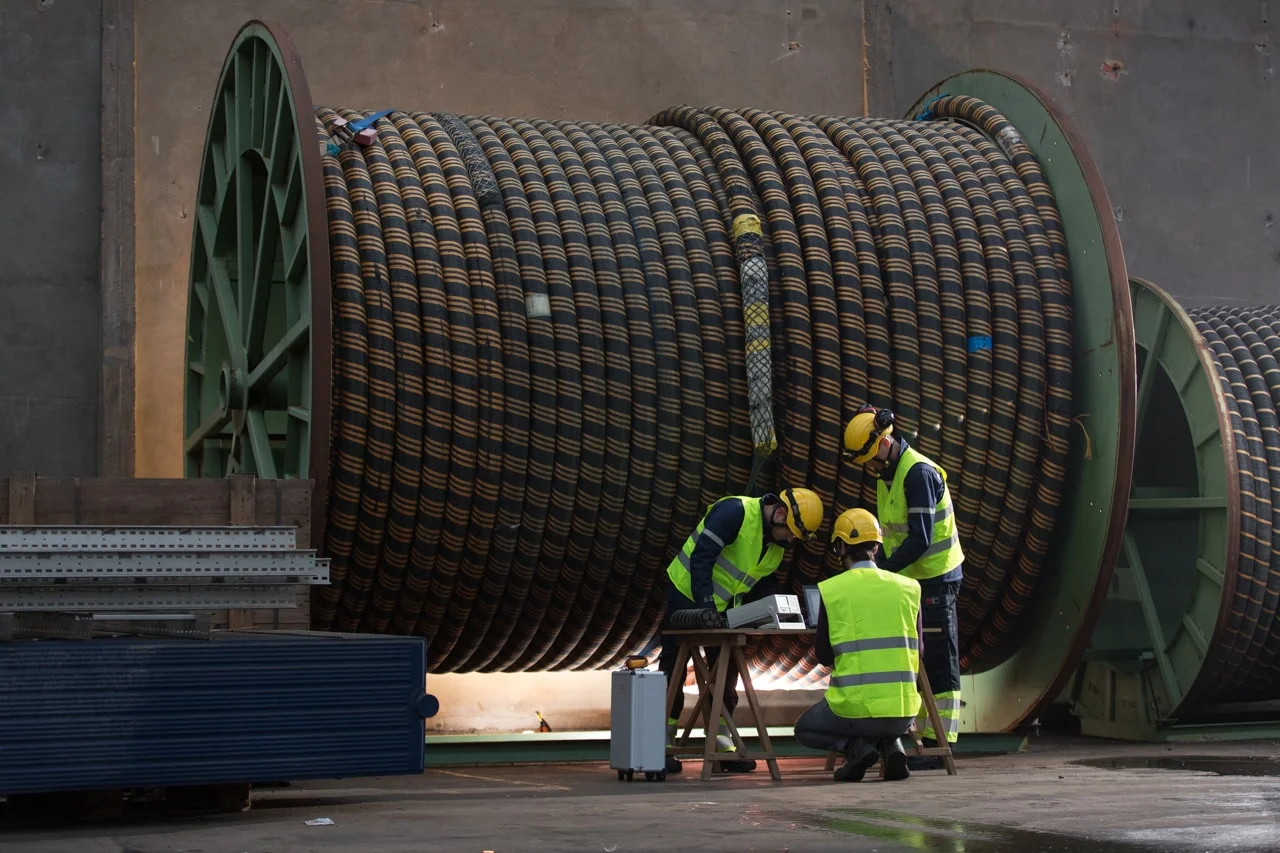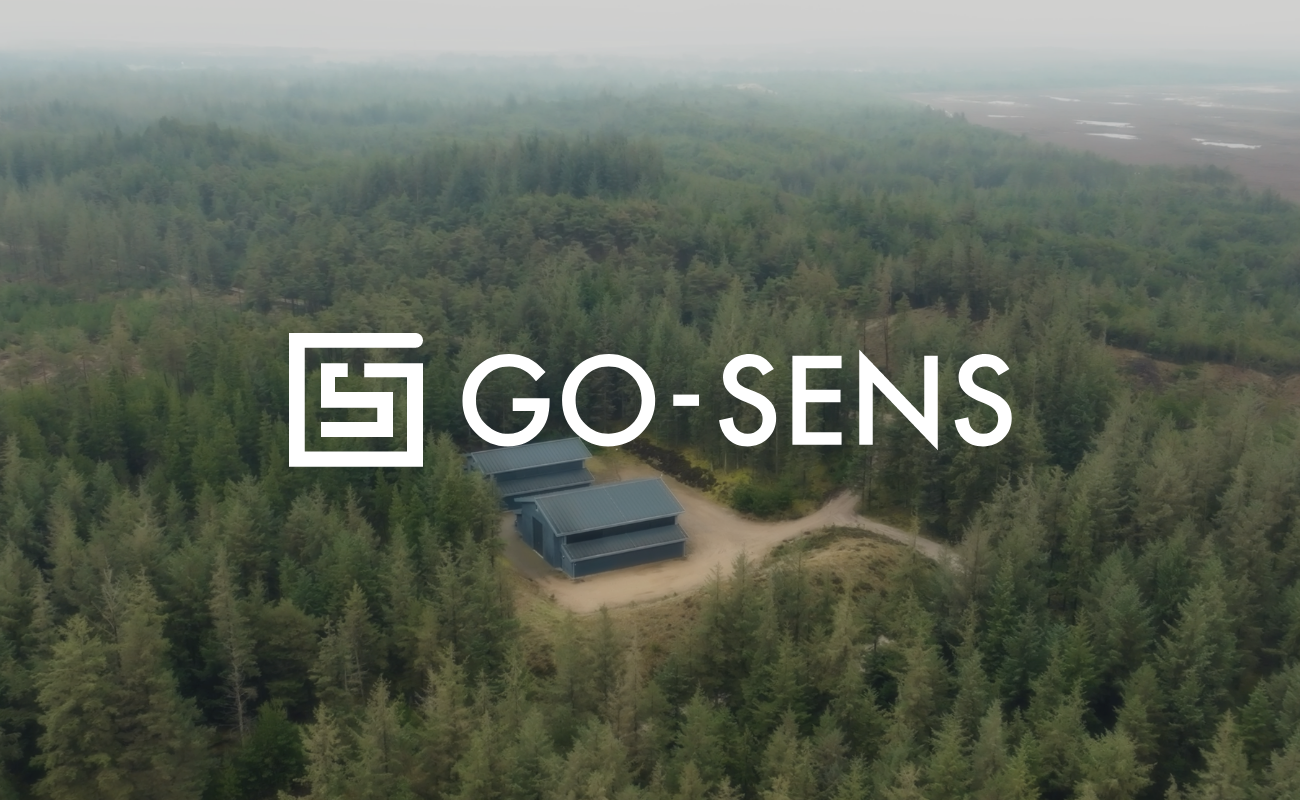6 Reasons Why Subsea Cable Monitoring is Essential for Offshore Wind Farms.
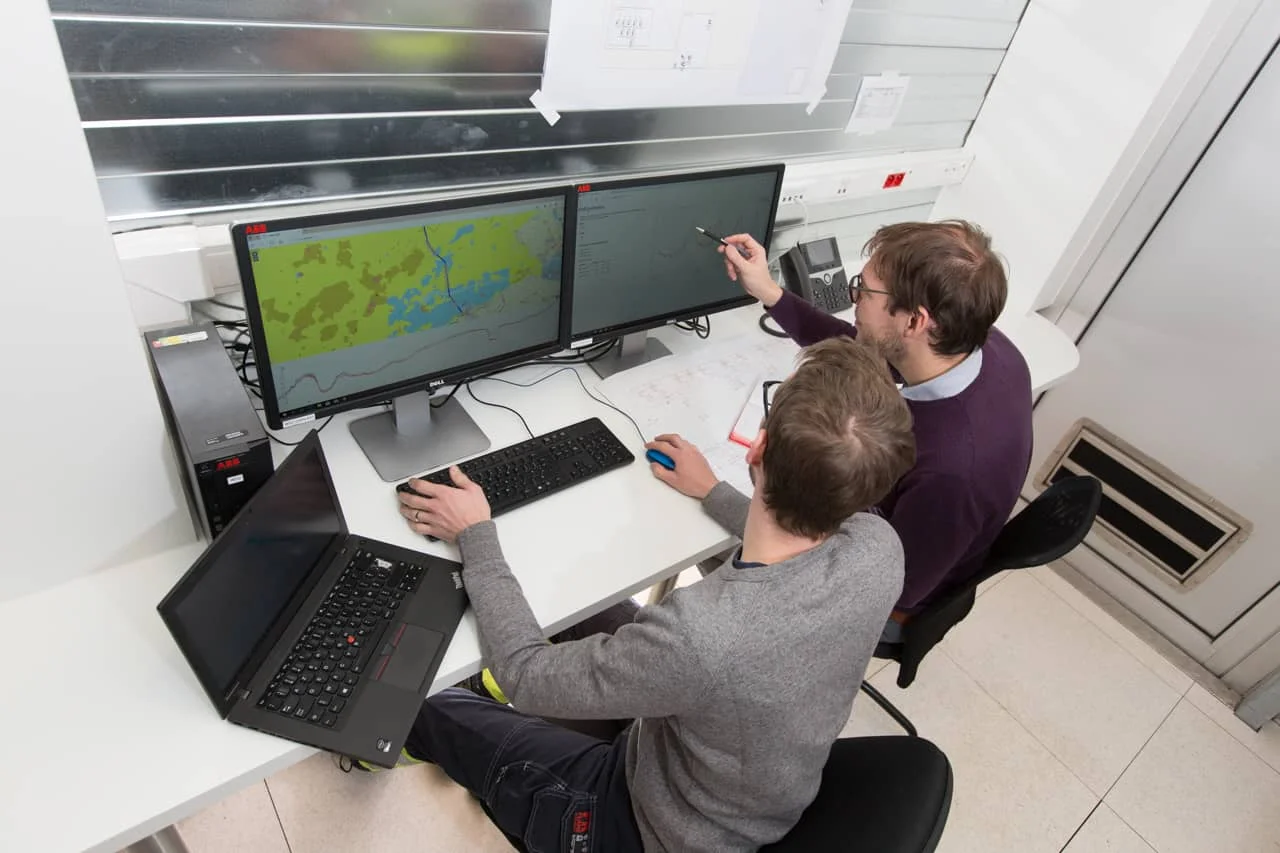
The importance of effective submarine cable monitoring is growing. Ensuring the reliability and integrity of subsea cables is crucial for the operational success and sustainability of wind farms. In this article, you can find six key reasons why subsea cable monitoring is essential for the success and sustainability of offshore wind farms.
1. High Percentage of Insurance Claims
The industry is starting to realize that 80% of the insurance claims within offshore wind are related to power cable issues. By implementing robust subsea cable monitoring, operators can detect and address potential problems early, reducing the frequency and severity of incidents that lead to insurance claims. This not only saves costs but also ensures smoother operations.
2. Increasing Cable-Related Challenges
As more wind farms are commissioned worldwide, power cable-related challenges are becoming more common. Damage from CPS (Cable Protection System) abrasion and overheating are frequent issues. Continuous cable monitoring helps identify these problems early, allowing for timely interventions that prevent extensive damage and costly repairs.
3. Predictive Maintenance
With ongoing shortages in vessel and manpower supply, a predictive maintenance strategy is the most desired approach for many operators. Subsea cable monitoring provides the necessary data to anticipate and address maintenance needs before they escalate into major issues, thus optimizing resource use and minimizing downtime.
4. Innovative and Proven Technology
Offshore wind developers are increasingly turning to continuous cable monitoring services as they seek innovative solutions. Unlike traditional methods such as yearly multibeam surveys, continuous monitoring offers a proven track record of success. It provides real-time insights that challenge and surpass conventional approaches, ensuring better cable health and performance.
5. Minimal Intervention and Lower Risks
Cable monitoring services are performed remotely with minimal intervention required at the wind farm substation. This reduces health and safety (H&S) risks associated with offshore operations and minimizes the ecological impact of such interventions. Remote monitoring ensures that operators can maintain cable health without the need for frequent and potentially dangerous offshore activities.
6. Data-Driven Decision Making
Continuous cable health monitoring generates a wealth of data, allowing operators to make informed decisions based on actual insights rather than relying on limited, weather-dependent data. This data-driven approach enhances the accuracy and efficiency of operational and maintenance decisions, leading to improved overall performance and reliability of the wind farm.
Want to learn more?
You can reach us by sending a message to sales@marlinks.com and we’ll be happy to schedule a conversation to discuss.
